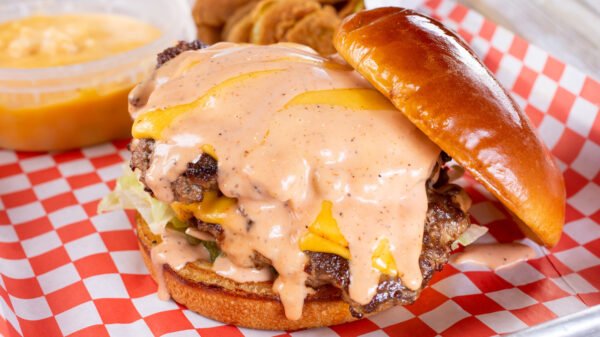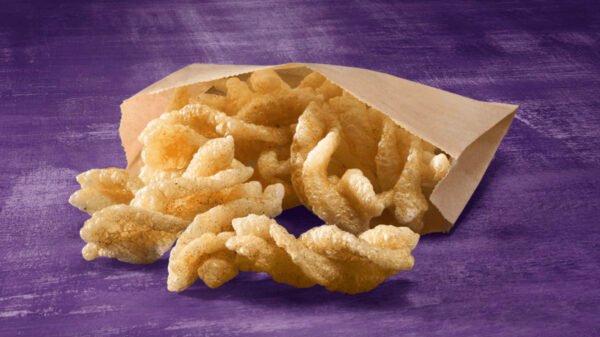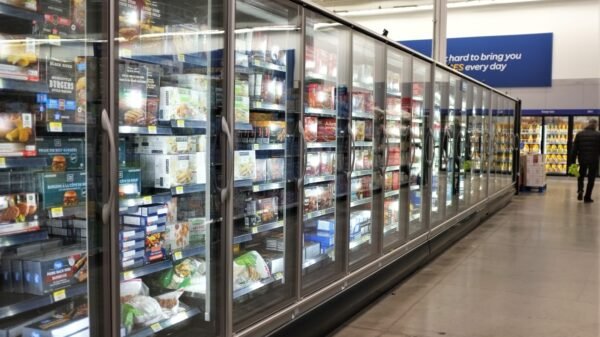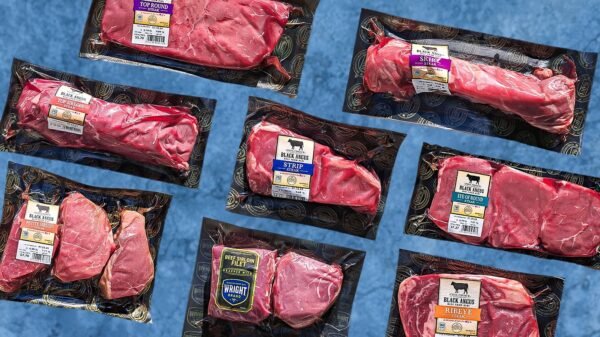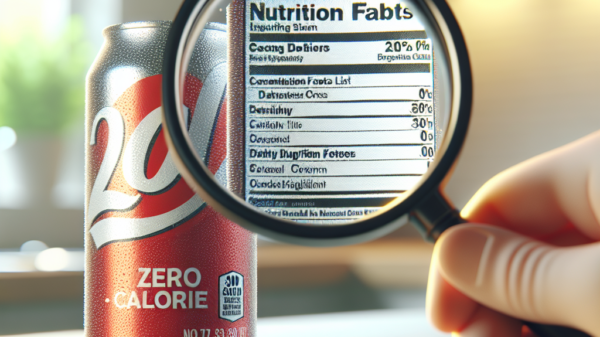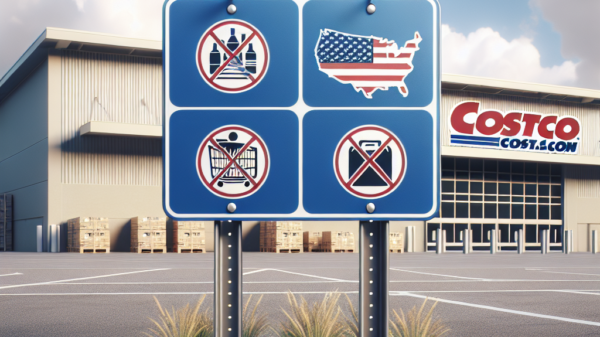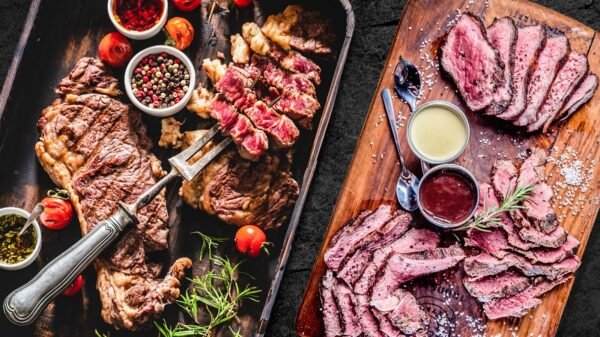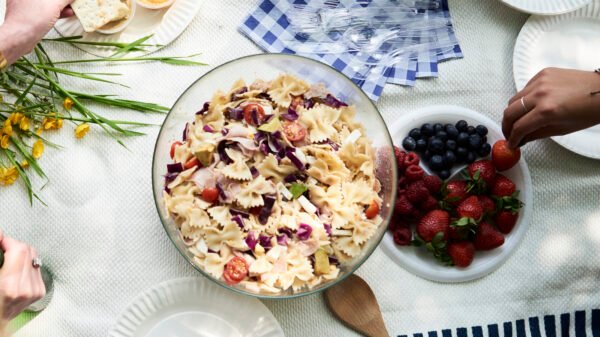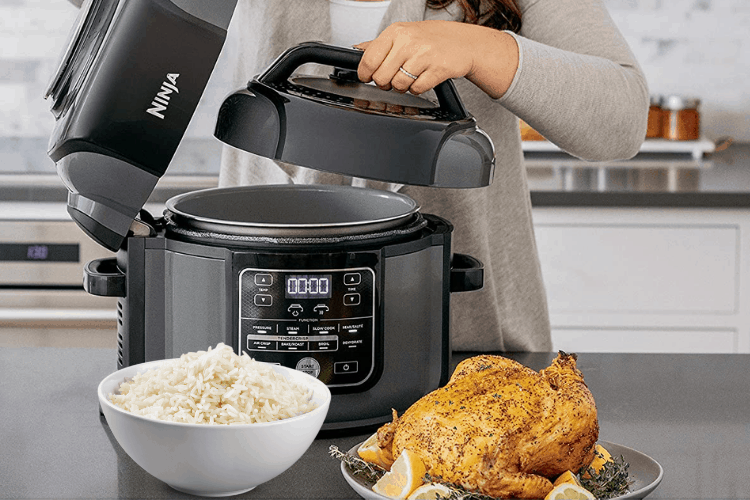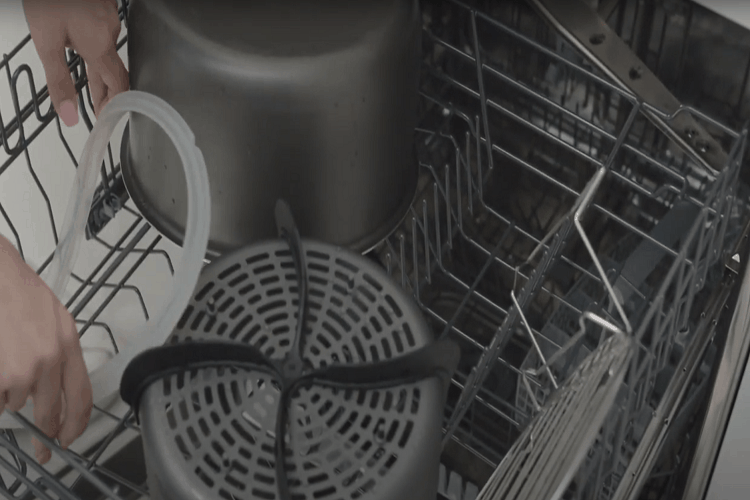If you made a large batch of soup, then it’s likely that you will have some leftovers which end up in your freezer.
But we all know that freezer space is tight, so what can you do? Instead of putting your liquids into a boxy container, you can vacuum seal them and freeze the small packets.
There are a few different ways that you can use to fully seal your soups, marinades, liquids and other wet food.
Can You Vacuum Seal Liquids?
Yes, you can vacuum seal wet food and liquids, such as soups and marinades. We found that the best sealing methods for liquids is using a chamber vacuum sealer (see also ‘Best Commercial Vacuum Sealers‘).
With this method, you just put your liquids in a small pouch and extract the air inside the bag.
It doesn’t take much preparation and you can vacuum a large amount of liquid in a short time.
Amazon Best Selling Vacuum Sealer
Best Vacuum Sealing Methods For Liquids
There are a range of different ways in which you can vacuum seal your soups and liquids.
The goal with the following methods is to avoid any spills or the liquid being sucked into your vacuum sealer.
Vacuum Chamber
A vacuum chamber sealer is the easiest and quickest way to seal your liquids. There are a few different types of vacuum chambers.
However, they all work in the same way. The air is sucked out of the vacuum bag reducing the pressure inside the pouch.
It’s important that you read the instructions for your vacuum chamber. Usually, you need to cool the liquid before you can put it inside the bag.
The biggest advantage of a chamber vacuum seal is that you don’t end up with a big mess as the liquid isn’t sucked out of the bag.
You also don’t need to spend a lot of time on the seal. Just seal your liquid bag and move on to the next one.
Despite the time advantage, vacuum bag sealers require some special equipment and you will need to allow your liquid to cool before you pour it into the bag.
Freeze Your Wet Food
This method also requires the use of a vacuum sealer but you don’t need to buy the more expensive vacuum chamber.
While this method is cheaper and does exactly the same job as a vacuum sealer, it requires some preparation.
You will need to pour your wet food into the vacuum bag and then place the bag upright in your freezer.
Once the liquid is completely frozen, remove the bag from the freezer and then vacuum seal it. This prevents any liquid mess on your kitchen counter.
The disadvantage with this liquid sealing method is that it takes up quite a lot of space in your freezer and it also takes some freezing time.
Ice Cube Tray
All you need for this liquid sealing method is your wet food and a normal ice cube tray as well as your vacuum seal.
First, pour your liquid into an ice cube tray and then place it into the freezer. Allow the liquid to fully freeze and then put the frozen cubers into your vacuum bag.
This method is ideal when you want to portion your liquids. It’s relatively quick and you don’t run the risk of spilling the liquid.
However, this method also takes a few hours until the liquid is frozen, so it’s not one of the fastest sealing methods.
Use A Paper Towel

One of the biggest issues with vacuum bags is that you will struggle to get the air out of the bag without sucking some of the liquid out as well.
In order to avoid this, just fold a piece of paper towel into a thin strip and then put it inside your vacuum bag.
This creates a little dam which prevents the liquid from being sucked into your vacuum sealer.
You can use this method with most suction vacuum sealers. However, make sure that you set it on the lowest setting.
While this method is a little fiddly, there is no freezing time or any time for preparation required. It’s simply super quick.
One thing to bear in mind with this liquid vacuum method is that the paper towel ends up staying inside the bag.
This means that you should use this method for sous-vide cooking.
Gravity Method
This method is a little more difficult just on your own as the vacuum bag needs to hang over the edge of your kitchen counter.
The liquid ends up at the bottom of the pouch, so that it is as far away from the opening as possible.
You will then need to add your sealer at the top which might require a second pair of hands.
While this method doesn’t require any special equipment, you need to be fast in stopping the vacuum process as the liquid might get sucked out if you don’t stop it.
This makes it a little tricky to work out, although it shouldn’t be too much of a problem with a little helper.
Top Tips For Vacuum Sealing Liquid Foods
When it comes to sealing the edges of your liquid packages, you need to make sure that no liquid is drawn out.
If you notice some of the liquid around the edges, just wipe it away with a dry cloth.
It’s essential that your vacuum bags are fully dry before freezing as they might sticker together otherwise.
One easy way to avoid this is by placing a paper towel between each bag.
How Long Do Vacuum Sealed Liquids Last?
Vacuum sealing (see also ‘How Long Do Vacuum Sealed Foods Last?‘) your soups is a great way to keep your wet foods for longer. However, their expiry depends on the type of liquids and soup you want to preserve.
Some soups can last up to a year in the freezer but they may lose their flavor over time.
Final Thoughts
It isn’t difficult to vacuum seal your wet foods. Just make sure that the liquid isn’t drawn out with the vacuum sealer.








